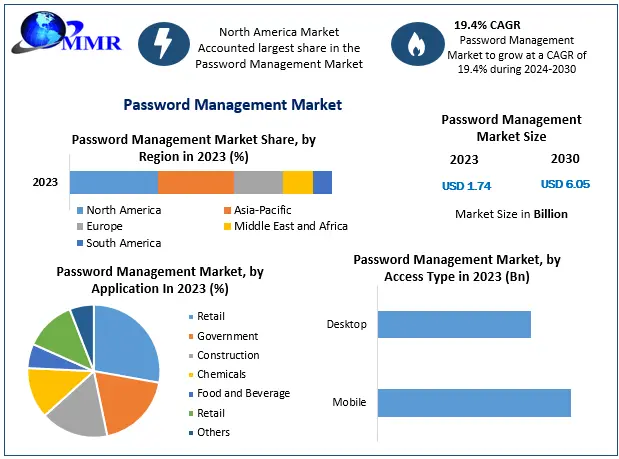Protecting London: A Strategic Approach to Security and Sustainability
London, as a dynamic global city, faces a variety of challenges that require strategic and proactive responses. From security measures and environmental sustainability Protect London to infrastructure resilience and community participation, protecting London necessitates a comprehensive and coordinated effort. By implementing cutting-edge security strategies, sustainable urban development, and fostering public collaboration, the city can continue to thrive while ensuring safety and prosperity for all.
1. Enhancing Security and Public Safety
Safeguarding London’s residents and Protect Ldn visitors remains a top priority, given evolving threats such as terrorism, cybercrime, and street violence. The Metropolitan Police, MI5, and City of London Police work collectively to prevent and counter criminal activities, ensuring public safety.
Initiatives like Project Servator employ unpredictable policing tactics to deter threats, while community policing fosters stronger relationships between law enforcement and local communities. Tackling violent crime, particularly knife-related offenses, requires a comprehensive approach, including intervention programs, educational campaigns, and stricter enforcement.
As a leading financial and technological center, London must also prioritize cybersecurity. Strengthening digital infrastructure, implementing robust cybersecurity frameworks, and enhancing public awareness can help safeguard against cyber threats and data breaches.
2. Advancing Environmental Sustainability
London remains committed to reducing its environmental footprint and tackling climate change. The Ultra Low Emission Zone (ULEZ) has significantly cut air pollution, and expanding green policies alongside investments in sustainable solutions will ensure long-term ecological resilience.
Enhancing public transport, improving cycling infrastructure, and promoting electric vehicle usage contribute to reducing carbon emissions. Increasing urban green spaces, such as parks and rooftop gardens, supports biodiversity and improves air quality.
With climate change increasing the risk of flooding, continued investment in flood prevention is necessary. The Thames Barrier serves as a crucial defense, but further advancements in drainage systems and climate-adaptive urban planning will reinforce London’s resilience against extreme weather conditions.
3. Modernizing Infrastructure and Urban Development
A growing population necessitates continuous investment in London’s infrastructure. Projects such as the Elizabeth Line and enhancements to the London Underground improve mobility and ease congestion, ensuring efficient transport for millions of people.
The housing crisis remains a significant concern, requiring innovative solutions for sustainable and affordable housing. Energy-efficient building designs, smart urban planning, and policies that balance development with heritage conservation will help accommodate London’s expanding population.
The integration of smart city technologies, including real-time data analytics and the Internet of Things (IoT), enhances urban efficiency. Intelligent traffic management, energy-efficient utilities, and improved digital connectivity contribute to a more sustainable and interconnected city.
4. Preserving Cultural and Historical Heritage
London’s rich cultural and historical landmarks must be preserved for future generations. Conservation efforts for sites such as the Tower of London, Buckingham Palace, and Westminster Abbey are essential to maintaining the city’s identity.
Investing in the arts and creative industries further strengthens London’s cultural appeal. Public funding, artist grants, and cultural festivals encourage artistic expression and community engagement.
Organizations such as Historic England and the National Trust play a key role in balancing modernization with heritage conservation. Sustainable tourism strategies ensure that cultural landmarks remain accessible while minimizing environmental impact.
5. Strengthening Emergency Preparedness and Crisis Management
London must be well-prepared to manage emergencies, whether natural disasters, pandemics, or security threats. Agencies such as the NHS, the London Fire Brigade, and law enforcement conduct regular training exercises to improve crisis response coordination.
Public education initiatives on emergency preparedness are vital. Encouraging first-aid training, cybersecurity awareness, and evacuation preparedness enhances both individual and community resilience.
Advanced early warning systems, real-time crisis data sharing, and inter-agency collaboration ensure a swift and effective response to emergencies, mitigating risks and expediting recovery.
6. Encouraging Community Participation and Civic Engagement
A strong and resilient city thrives on active civic participation. Community-driven initiatives, such as neighborhood watch programs and environmental projects, encourage a shared responsibility for London’s safety and sustainability.
Public involvement in policymaking and urban development empowers residents to contribute to shaping their communities. Educational initiatives cultivate civic awareness among younger generations, fostering a long-term commitment to city progress.
Supporting local businesses, volunteering for social causes, and advocating for environmental initiatives all contribute to a more inclusive, connected, and resilient London.
Conclusion
Protecting London requires a multi-dimensional and collaborative approach that integrates security, sustainability, infrastructure development, cultural preservation, and community engagement. By implementing innovative strategies, fostering public-private partnerships, and encouraging civic participation, London can maintain its position as a leading global city, ensuring security, resilience, and progress for generations to come. Safeguarding London is a shared responsibility that extends beyond government agencies—residents, businesses, and visitors must unite in their efforts to uphold the city’s legacy of safety and innovation. Through collective action and strategic foresight, London can continue to be a secure, prosperous, and future-ready metropolis.




